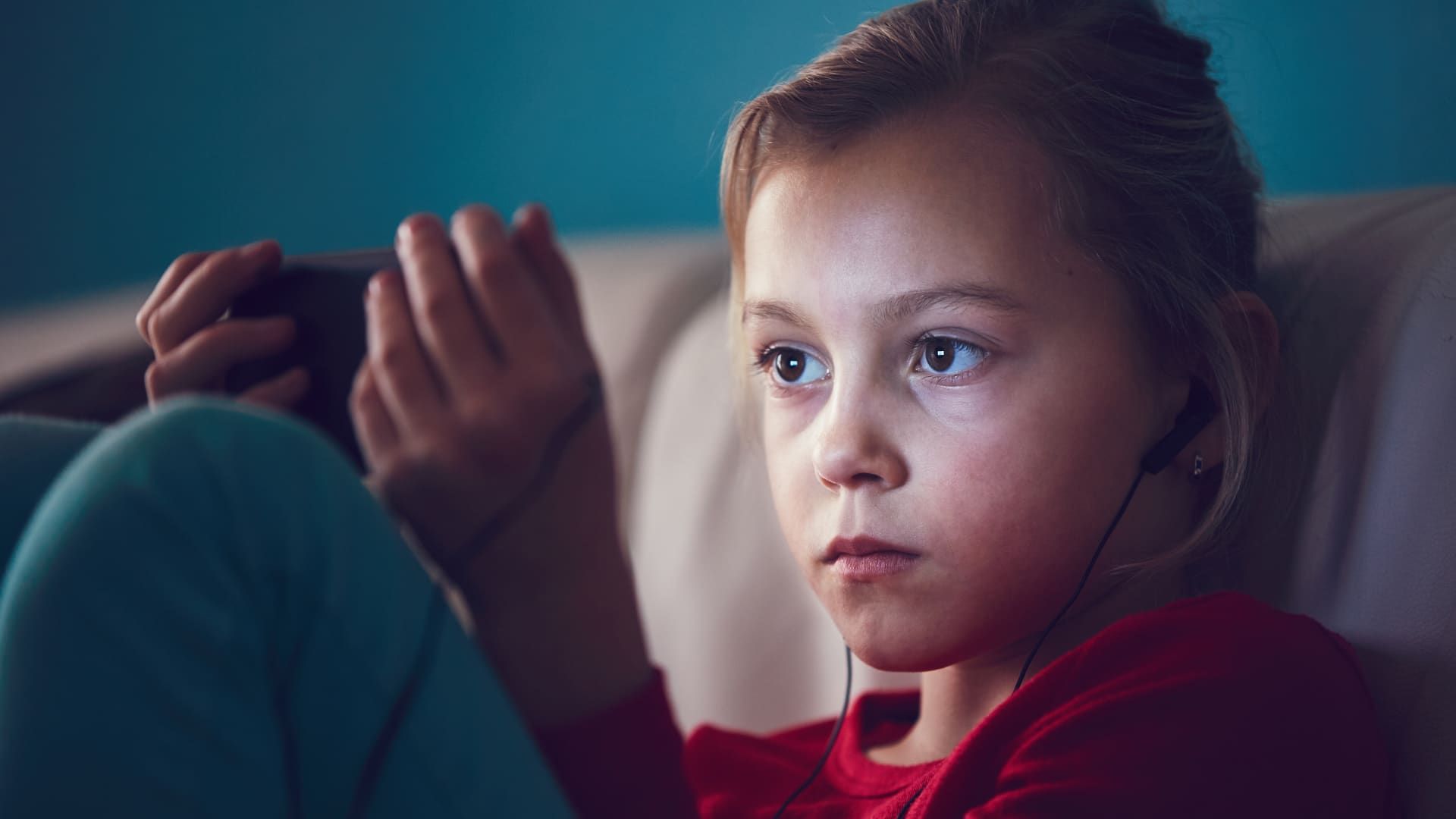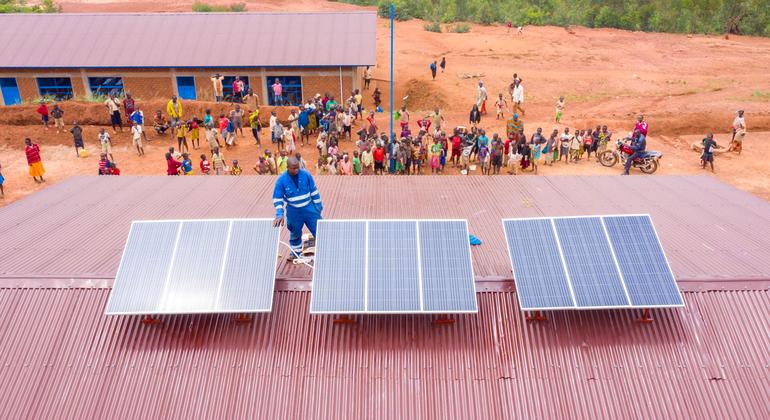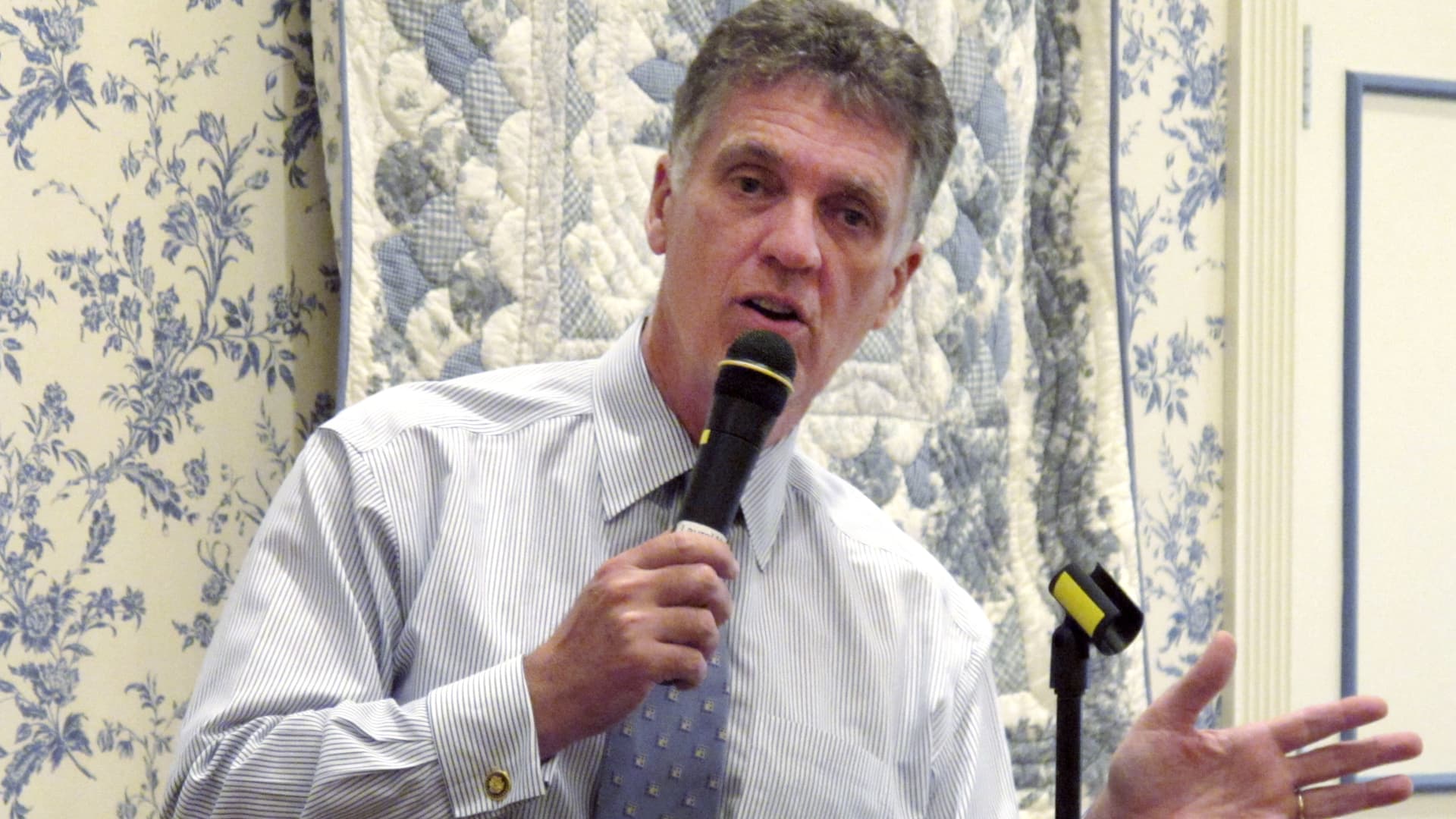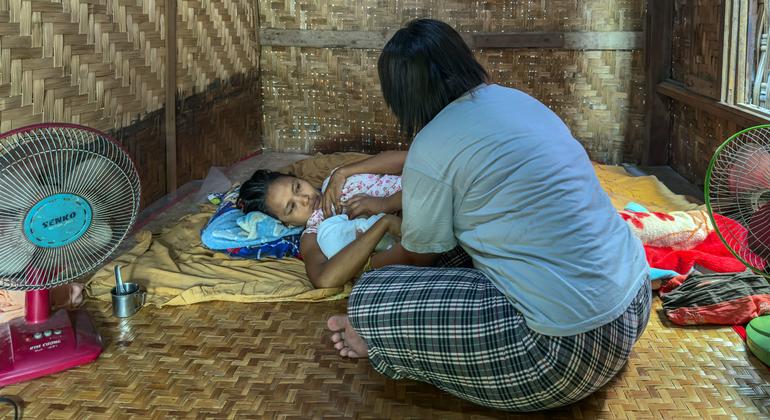Photo: Jaromir Chalabala/Getty
LONDON — Mounting evidence links smartphone use to damage to children's mental health, and a grassroots organization in the U.K. is supporting parents who refrain from giving their children the devices.
Smartphone Free Childhood, founded by Daisy Greenwell and Clare Fernyhough in February, set up several local parenting group chats across the UK and grew to more than 60,000 members within weeks, according to its website.
Interest in the movement is driven by concerns about the normalisation of smartphone use by children. By the age of 12, 97% of children in the UK have a mobile phone, according to Ofcom, a government-approved regulator for the use of communication services in the UK.
Meanwhile, in the United States, 42% of children owned a smartphone by age 10, a figure that rises to 91% by age 14, according to a 2021 report by Common Sense that surveyed 1,306 U.S. youth ages eight to 18.
In an increasingly digitalised world, parents are giving their children smartphones for a variety of reasons, such as entertainment purposes, to monitor their location and to keep in touch with them when they leave home. However, studies and experts highlight that this opens the door to social media and potential damage to mental health.
SFC aims to bring together parents who do not give smartphones to their children to alleviate the social pressure and isolation they may feel.
Its success has led to international expansion with groups created in the United States, Australia, the United Arab Emirates, Brazil, Canada, South Africa and several other countries.
Just days after the launch of the SFC campaign, the UK government (at the time led by the Conservative Party) issued new guidance banning the use of smartphones in schools and during break times.
Some places in the United States, such as Los Angeles and the states of Florida and Indiana, have banned the use of mobile phones in schools.
Other independent organizations are being created around the world, including Wait Until 8th, based in Austin, Unplugged in Canada, No Es Momento in Mexico and Heads Up Alliance in Australia.
However, some academics and scientists remain unconvinced that smartphones and poor mental health are linked. Psychology professor Christopher Ferguson told NBC News earlier this year that society tends to react negatively to new technologies and their potential harms, from televisions to video games and, most recently, artificial intelligence.
Mental health issues amplified?
Young people reported worse mental health outcomes the earlier they acquired a smartphone, according to a Sapien Labs study published last year.
The study used data from 27,969 young people aged 18–24 collected between January and April 2023 in 41 countries, including North America, Europe, Latin America, Oceania, South Asia and Africa.
According to the study, around 74% of the women surveyed who acquired their first smartphone at the age of six reported feeling distressed or struggling. However, this percentage dropped to 61% for those who acquired their first smartphone at the age of 10 and 52% for those who were 15 years old.
Among male respondents, the percentage who felt distressed or struggling dropped from 42% for those who got their first smartphone at age six to 36% for those who got their first smartphone at age 18.
Young people who acquired their first smartphone at an older age reported better mental well-being, including fewer problems with suicidal thoughts and feelings of aggression, and fewer issues with detachment from reality.
These findings are mobilizing parents to take action, said Zach Rausch, a research scientist at New York University's Stern School of Business and lead researcher on the No. 1 New York Times bestseller “The Anxious Generation” by Jonathon Haidt.

“The mass migration to a phone-based childhood has been really detrimental to young people,” Rausch told CNBC Make It in an interview.
“The research has been piling up and the evidence of harm has become stronger and stronger year on year,” she added. “The lid has been lifted off the box and parents are seeing other parents talking about this, so we're seeing this wave of parents joining in.”
Rausch said it is the combination of smartphones and social media that is particularly lethal for young people.
The UK Millennium Cohort Study, which follows the lives of around 19,000 young people born in the UK between 2000 and 2002, found a high correlation between social media use and depressive symptoms, including low self-esteem, online bullying and poor body image.
“When smartphones and social media really came together, they created a whole new way of interacting with each other,” Rausch said.
“You now have social media in your pocket, on a smartphone that is designed to maximize the amount of time you spend on the phone… it's built in a way that is addictive by nature and tries to hook you.”
In recent years, GoalThe parent company of social media platforms Instagram and Facebook, has been criticized by lawmakers and parents for exposing children and teens to harmful content on its platforms, including several allegations of child sexual exploitation.
In turn, Meta CEO Mark Zuckerberg has called on lawmakers to issue more guidelines and regulations to help tackle harmful content online. Under mounting pressure, the tech giant announced in January 2024 that it will limit the type of content that teenage Instagram and Facebook users can see, including self-harm, eating disorders and nudity.
Some tech companies are trying to create smartphone and social media experiences tailored for kids. Google launched YouTube Kids in 2015, a standalone YouTube-like app with kid-friendly content and parental controls.
iPhone manufacturer Apple Recently, it launched a new website promoting the Apple Watch for children who are too young to have a smartphone. The device would be controlled from parents' iPhones so they can stay in touch with their children.












